Kód: 04536953
Icons and Iconoclasm in Japanese Buddhism
Autor Pamela D. Winfield
Pamela D. Winfield offers a fascinating juxtaposition and comparison of the thoughts of two pre-modern Japanese Buddhist masters on the role of imagery in the enlightenment experience. Kukai (774-835) believed that real and imagin ... celý popis
- Jazyk:
 Angličtina
Angličtina - Väzba: Brožovaná
- Počet strán: 230
Nakladateľ: Oxford University Press Inc, 2013
- Viac informácií o knihe

Mohlo by sa vám tiež páčiť
-

Central Banking - Theory and Practice in Sustaining Monetary and Financial Stability
96.68 € -4 % -

CNC Cookbook
25.08 € -

Welfare
34.82 € -

Communist Party of Great Britain Since 1920
139.60 € -

Reallionaire
15.46 € -6 % -

Creativity, Wisdom, and Trusteeship
117.37 € -

Inhabit Architecture
41.27 €
Darčekový poukaz: Radosť zaručená
- Darujte poukaz v ľubovoľnej hodnote, a my sa postaráme o zvyšok.
- Poukaz sa vzťahuje na všetky produkty v našej ponuke.
- Elektronický poukaz si vytlačíte z e-mailu a môžete ho ihneď darovať.
- Platnosť poukazu je 12 mesiacov od dátumu vystavenia.
Viac informácií o knihe Icons and Iconoclasm in Japanese Buddhism
Nákupom získate 171 bodov
 Anotácia knihy
Anotácia knihy
Pamela D. Winfield offers a fascinating juxtaposition and comparison of the thoughts of two pre-modern Japanese Buddhist masters on the role of imagery in the enlightenment experience. Kukai (774-835) believed that real and imagined forms were indispensable to his new esoteric Mikkyo method for "becoming a Buddha in this very body" (sokushin jobutsu), yet he deconstructed the significance of such imagery in his poetic and doctrinal works. Conversely, Dogen (1200-1253) believed that "just sitting" in Zen meditation without any visual props or mental elaborations could lead one to realize that "this very mind is Buddha" (sokushin zebutsu), but he too privileged select Zen icons as worthy of veneration. In considering the nuanced views of Kukai and Dogen, Icons and Iconoclasm in Japanese Buddhism updates previous comparisons of their oeuvres and engages their texts and images together for the first time in two decades. Winfield liberates them from sectarian scholarship, which has long pigeon-holed them into iconographic/ritual vs. philological/philosophical categories, and restores the historical symbiosis between religious thought and artistic expression that was lost in the nineteenth-century disciplinary distinction between religious studies and art history. Winfield breaks new methodological ground by proposing space and time as organizing principles for analyzing both meditative experience as well as visual/material culture and presents a wider vision of how Japanese Buddhists themselves understood the role of imagery before, during, and after awakening.
 Parametre knihy
Parametre knihy
Zaradenie knihy Knihy po anglicky Humanities Religion & beliefs Buddhism
69.23 €
- Celý názov: Icons and Iconoclasm in Japanese Buddhism
- Podnázov: Kukai and Dogen on the Art of Enlightenment
- Autor: Pamela D. Winfield
- Jazyk:
 Angličtina
Angličtina - Väzba: Brožovaná
- Počet strán: 230
- EAN: 9780199945559
- ISBN: 0199945551
- ID: 04536953
- Nakladateľ: Oxford University Press Inc
- Hmotnosť: 346 g
- Rozmery: 234 × 170 × 11 mm
- Dátum vydania: 07. March 2013
Obľúbené z iného súdka
-

Radical Acceptance
22.32 € -
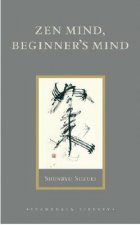
Zen Mind, Beginner's Mind
16.48 € -23 % -
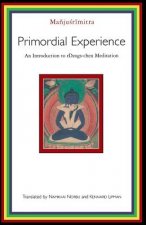
Primordial Experience
26.72 € -
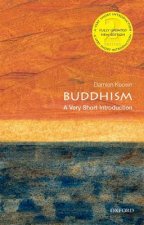
Buddhism: A Very Short Introduction
10.13 € -22 % -
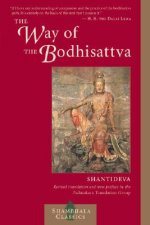
Way of the Bodhisattva
15.56 € -15 % -
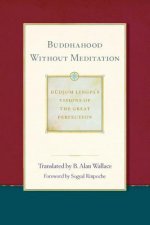
Buddhahood Without Meditation
20.17 € -5 % -
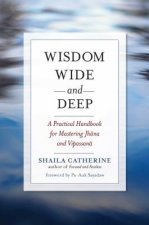
Wisdom Wide and Deep
34.20 € -5 % -
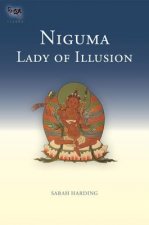
Niguma, Lady of Illusion
34.10 € -17 % -
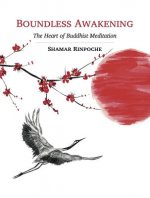
Boundless Awakening
8.70 € -16 % -

Mindfulness in Plain English
12.28 € -23 % -

When Things Fall Apart
18.12 € -1 % -
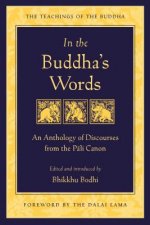
In the Buddha's Words
20.89 € -20 % -

Zen Teaching of Homeless Kodo
15.35 € -21 % -

Heart Sutra
15.56 € -15 % -
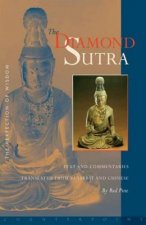
Diamond Sutra
18.73 € -12 % -

The Book of Joy
15.25 € -21 % -

When Things Fall Apart
11.15 € -23 % -
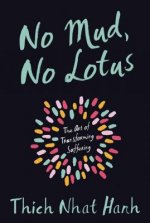
No Mud, No Lotus
15.25 € -7 % -
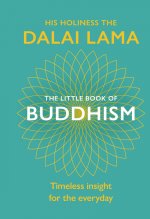
Little Book Of Buddhism
7.26 € -24 % -
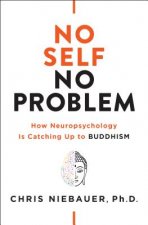
No Self, No Problem
17.81 € -7 % -

Feeding Your Demons
16.58 € -23 % -

Pema Choedroen's Compassion Cards
17.40 € -5 % -
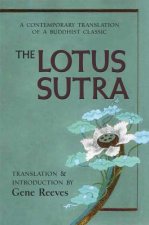
Lotus Sutra
12.28 € -23 % -
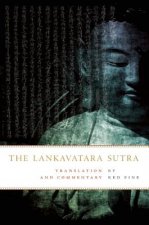
Lankavatara Sutra
19.76 € -7 % -
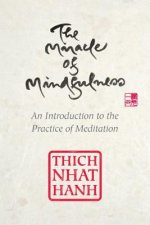
The Miracle of Mindfulness, Gift Edition : An Introduction to the Practice of Meditation
19.76 € -8 % -
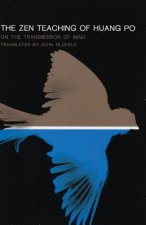
Zen Teaching of Huang Po
14.02 € -19 % -

Anger
14.84 € -23 % -
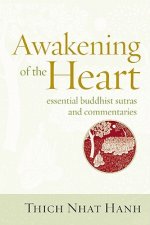
Awakening of the Heart
32.56 € -21 % -
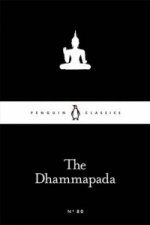
The Dhammapada
3.57 € -24 % -

The Way of Zen
14.23 € -23 % -

Wisdom of Insecurity
14.53 € -14 % -

Joy of Living
12.28 € -23 % -
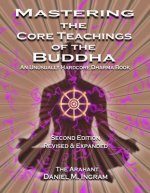
Mastering the Core Teachings of the Buddha
49.46 € -19 % -
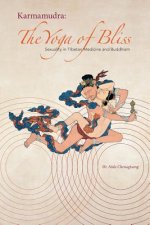
Karmamudra
36.86 € -

The Places That Scare You: A Guide to Fearlessness in Difficult Times
16.99 € -7 % -
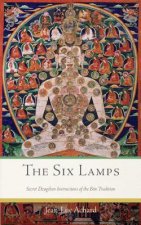
Six Lamps
15.35 € -21 % -

Hundred Thousand Songs of Milarepa
37.48 € -19 % -
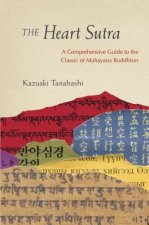
Heart Sutra
25.29 € -23 % -
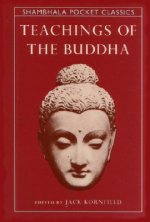
Teachings of the Buddha
10.85 € -5 % -

Secret Map of the Body
32.25 € -

How to Cook Your Life
17.40 € -18 % -
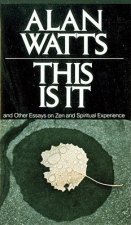
This Is It
11.15 € -23 % -
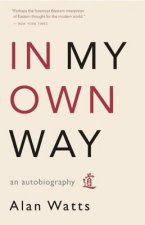
In My Own Way
16.99 € -16 % -

Manual of Insight
48.34 € -20 % -

Heart of Compassion
22.93 € -6 % -

Dzog Chen and Zen
9.21 € -18 % -
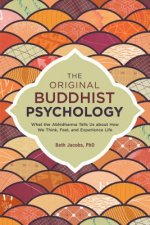
Original Buddhist Psychology
18.32 € -5 % -
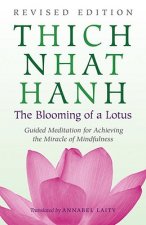
Blooming of a Lotus
14.13 € -19 % -
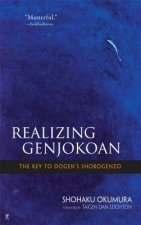
Realising Genjokoan
16.17 € -20 %
Osobný odber Bratislava a 2642 dalších
Copyright ©2008-24 najlacnejsie-knihy.sk Všetky práva vyhradenéSúkromieCookies



 21 miliónov titulov
21 miliónov titulov Vrátenie do mesiaca
Vrátenie do mesiaca 02/210 210 99 (8-15.30h)
02/210 210 99 (8-15.30h)